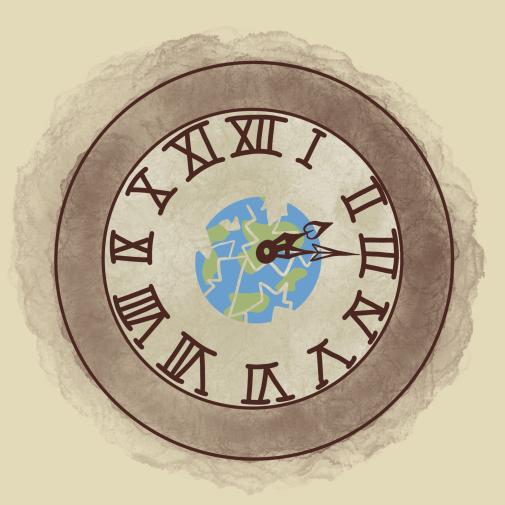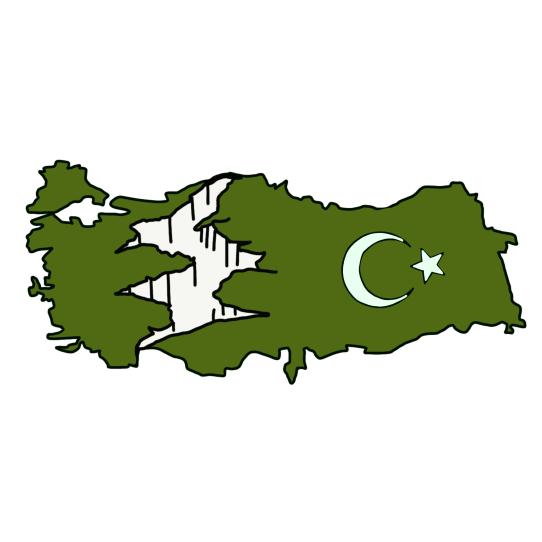Small earthquakes are quite common worldwide; a million or so happen each year. However, certain places are more susceptible to earthquakes due to their location near the seven major tectonic plates. As countries in those areas have continued to develop, new technologies lessen the damage and give citizens earthquake warnings, lowering mortality rates. So although high-magnitude earthquakes remain dangerous, the amount of damage they inflict is dependent on access to technologies to prevent earthquakes and governmental measures taken towards minimizing the dame of earthquakes. This is shown through the comparison of Japan and Haiti.
In 2010, Haiti experienced a magnitude 7.0 earthquake that killed around 222,570 people. According to the Earthquake Magnitude Scale, an earthquake with a magnitude of 7.0 is considered a major earthquake but is not at the magnitude of other very destructive earthquakes. Still, the Haitian Earthquake had one of the highest death tolls from any earthquake in the 21st century. One of the reasons for this tragedy is the disorganization and lack of standardization in buildings in Haiti. When the 2010 earthquake hit, there was no early warning for its citizens. Also, there is no “national building code” enforced by the government, says Fouche, a Haitian earthquake engineer. The economic state in Haiti also played a role in why this earthquake was so deadly. Most people cannot afford newer technology developed to help lessen the impact of earthquakes, like shock absorption in buildings.
In Japan, because of its economic wealth, there are now buildings that have been designed with base isolators that allow a building to move from side to side while remaining standing during an earthquake. The government also has earthquake-resistant standards for new buildings and an early warning system to notify the citizens when there is an earthquake. A combination of effective warning and new technology is why when a 9.1 earthquake then tsunami happened in Japan, there were 11 times fewer deaths, even though the earthquake in Japan had a much high magnitude. These advancements have caused earthquakes in Japan to have fairly low mortality rates in recent years but have also helped prevent the amount of property damage from earthquakes.
Overall, earthquake magnitude, economic wealth, and government stability all contribute to the amount of damage that such a natural disaster will inflict upon a country. As the methods for earthquake damage control develop and become accessible, we hope all countries at risk of earthquakes will eventually be able to protect all of their citizens.
Sources:
Joyce, Christopher. “Haiti’s Buildings Weren’t Fit to Withstand Quakes.” NPR, NPR, 14 Jan. 2010, https://www.npr.org/2010/01/14/122547242/haitis-buildings-werent-fit-to-withstand-quakes.
Fuller, Thomas, et al. “Buildings Can Be Designed to Withstand Earthquakes. Why Doesn’t the U.S. Build More of Them?” The New York Times, The New York Times, 4 June 2019, https://www.nytimes.com/interactive/2019/06/03/us/earthquake-preparedness-usa-japan.htm.
“Lists of 21st-Century Earthquakes.” Wikipedia, Wikimedia Foundation, 10 Mar. 2023, https://en.wikipedia.org/wiki/Lists_of_21st-century_earthquakes#cite_note-FOOTNOTEISC2022-6.
“Where Do Earthquakes Occur?” British Geological Survey, 9 Dec. 2021, https://www.bgs.ac.uk/discovering-geology/earth-hazards/earthquakes/where-do-earthquakes-occur.
“Earthquake Magnitude Scale.” Michigan Technological University, Michigan Technological University, 4 Oct. 2021, https://www.mtu.edu/geo/community/seismology/learn/earthquake-measure/magnitude/.
Written by Eliška Levisohn

 Impacts of Earthquakes in Turkey
Impacts of Earthquakes in Turkey